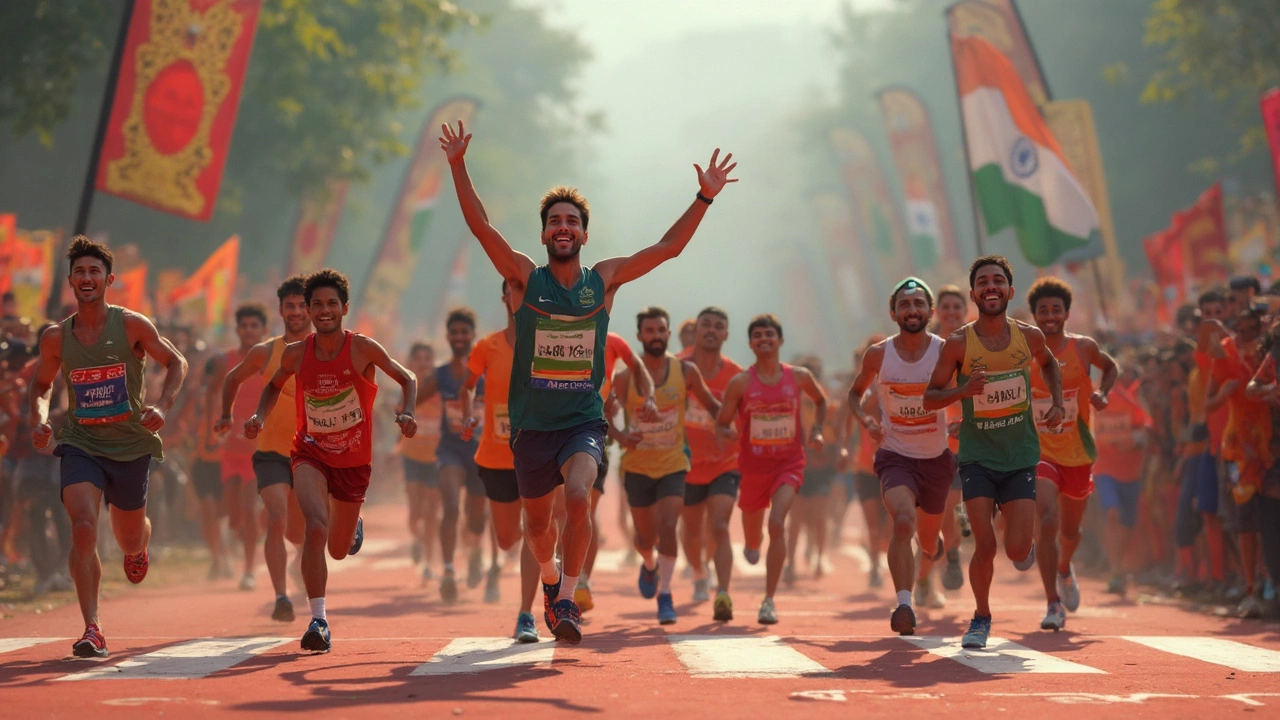Marathon Statistics Every Runner Should Know
If you’ve ever wondered how many marathons you can realistically tackle in a year, or what a "good" finish time looks like, you’re not alone. The data behind marathon running is surprisingly straightforward once you break it down. Below we’ll look at race frequency, recovery guidelines, average finish times, and the pacing numbers that separate casual runners from competitive ones.
How Often Can You Safely Run a Marathon?
Most experts agree that running more than two marathons a year strains the body without delivering performance gains. A typical recovery cycle involves 3‑4 weeks of reduced mileage, followed by a 12‑16 week build‑up to the next race. In practice, most seasoned runners schedule one marathon every 4‑6 months, which translates to about two per year. If you’re newer to the distance, stick to a single marathon annually to let your muscles, tendons, and joints fully adapt.
Recovery: The Real Numbers Behind Healing
Post‑marathon recovery isn’t just a “take a week off” rule. Studies show that muscle fiber repair can take up to 10‑14 days, while connective tissue may need 4‑6 weeks to regain strength. The golden window for a low‑impact activity—like swimming or cycling—falls between days 3‑7, helping blood flow without adding stress. For a full return to hard training, most runners wait at least three weeks, especially if they plan another marathon that same year.
Now, what about pacing? The average marathon finish time for all finishers worldwide hovers around 4 hours 30 minutes for men and 5 hours for women. A “respectable” time, however, is often defined by age‑graded standards. For a 30‑year‑old male, breaking the 3:30 mark lands you in the top 10 % of the field, while a 35‑year‑old female aiming for sub‑4:00 is already ahead of the majority.
To hit those targets, you need a clear pace strategy. A common rule of thumb is to run the first 10 km at 5‑10 % slower than your goal race pace, letting your legs warm up. Then settle into a steady rhythm for the middle 30 km, and save a small surge for the final 5 km if you feel good. Using a heart‑rate monitor can keep you from going too hard early, which is a frequent cause of “hitting the wall.”
Gear also plays a subtle role in your stats. The right shoes can shave off 2‑3 minutes over 26.2 miles, mainly by improving cushioning and reducing fatigue. When you’re budgeting for a marathon, consider investing in a pair that matches your foot strike and offers a lightweight feel.
Finally, don’t ignore the mental side of the numbers. Many runners find that visualizing split times ahead of the race improves focus. Break the marathon into four 10‑km segments in your mind, and treat each one as a mini‑race. This technique makes the daunting distance feel manageable and can actually improve your overall pace.
In short, the key marathon statistics you should track are race frequency (1‑2 per year), recovery windows (3‑6 weeks before hard training), average finish times (4:30‑5:00 for the masses), and personal pacing goals based on age‑graded standards. Keep these numbers in check, and you’ll find yourself crossing the finish line stronger, faster, and more confident than before.
